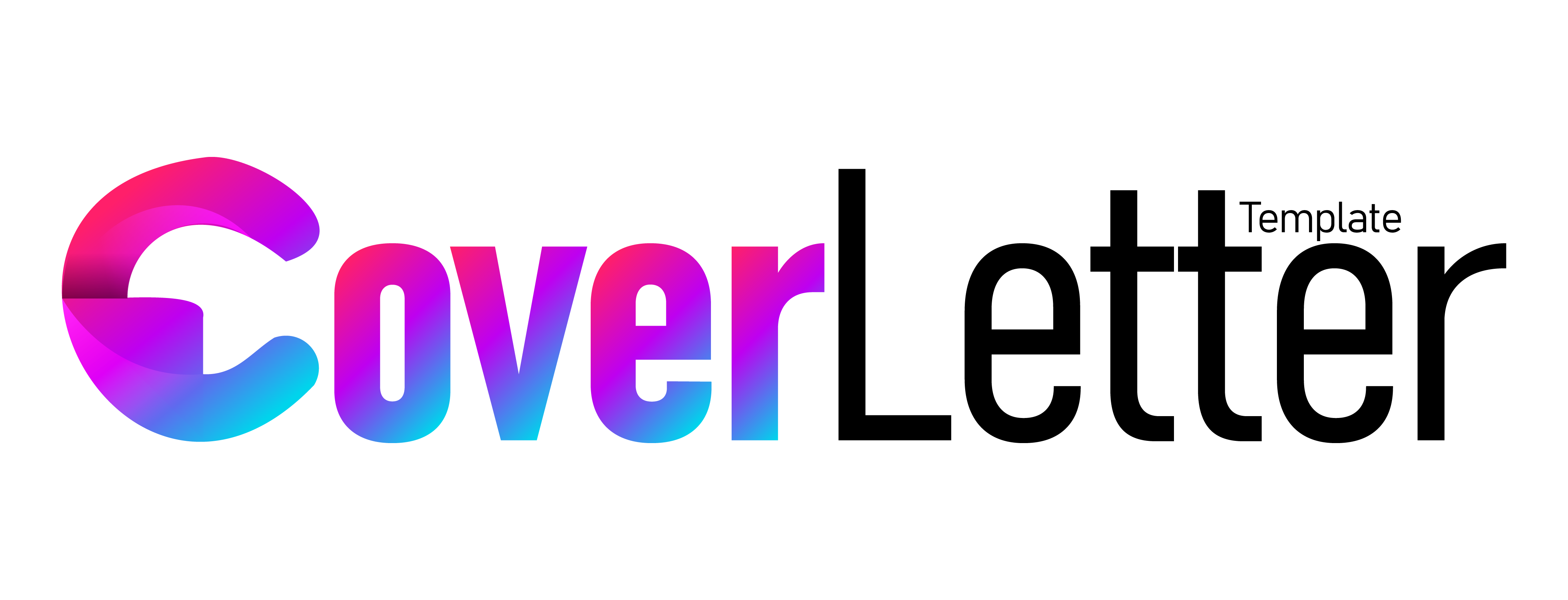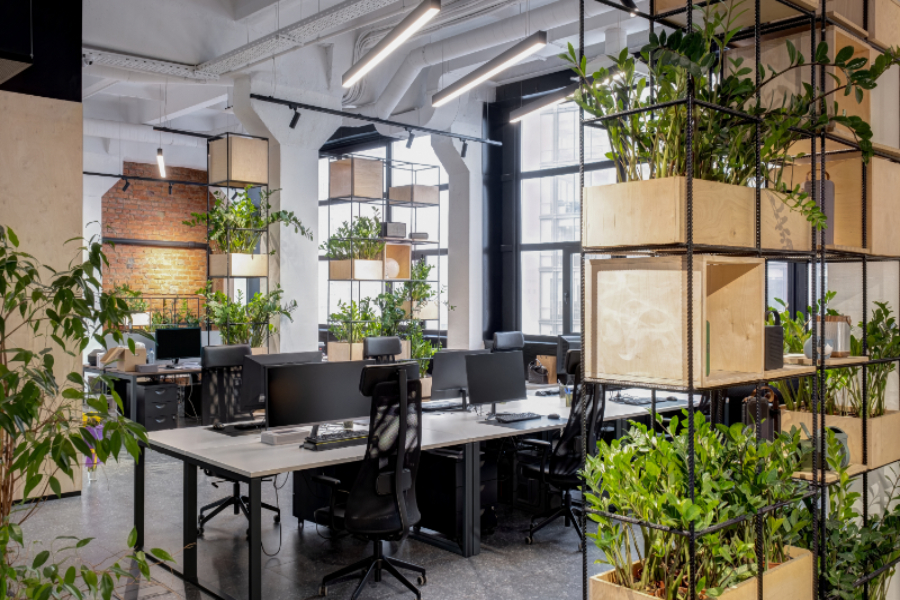Corporate office interior design is more than just creating aesthetically pleasing spaces; it plays a significant role in the productivity and overall atmosphere of the workplace. However, several myths about office interior design continue to mislead business owners and managers, resulting in ineffective or inefficient workspaces. Here, we debunk these myths and reveal what you didn’t know about designing a functional and appealing office space.
1. Myth: Open-Plan Offices Are Always More Productive
One of the most prevalent myths in corporate interior design is that open-plan offices inherently boost productivity and collaboration. While open spaces can facilitate communication and teamwork, they are not always the most productive environment for every task. In reality, open-plan offices can lead to distractions, reduced privacy, and noise-related stress, all of which can negatively impact productivity. The key to a successful office space interior is a balanced approach, incorporating private areas, meeting rooms, and quiet zones alongside open spaces. Tailoring the office layout to suit the specific needs of the company and its employees is essential for maximising productivity.
2. Myth: Office Design is Just About Aesthetics
Another common misconception is that office design is purely about creating a visually appealing environment. While aesthetics are important, effective office interior design goes beyond appearances. It involves considering factors such as ergonomics, space utilisation, lighting, and acoustics, all of which contribute to the functionality of the workspace. A well-designed office should enhance employee comfort, facilitate efficient workflows, and support the overall goals of the organisation. Prioritising function over form ensures that the office space not only looks good but also serves the needs of the business.
3. Myth: Small Offices Don’t Need Professional Design
Many small business owners believe that professional interior design is unnecessary for smaller office spaces. This myth stems from the idea that only large, corporate offices benefit from expert design services. However, regardless of size, a well-designed office can significantly impact employee satisfaction and productivity. In smaller spaces, efficient use of every square metre is crucial, and professional designers can offer creative solutions to maximise space while maintaining an organised and comfortable environment. Whether you have a compact start-up or a large corporate office, professional design can make a considerable difference.
4. Myth: Corporate Interior Design is Expensive and Unaffordable
There is a widespread belief that corporate office interior design is costly and only accessible to large companies with substantial budgets. While high-end design services can be expensive, there are many cost-effective options available that provide excellent results. Moreover, a strategic design approach can actually save money in the long run by improving energy efficiency, reducing the need for frequent renovations, and enhancing employee productivity. In Singapore, commercial interior design firms often offer customised solutions that align with varying budgets, making professional design services accessible to businesses of all sizes.
5. Myth: Commercial Interior Design in Singapore is One-Size-Fits-All
Some businesses operate under the misconception that corporate interior design follows a one-size-fits-all approach, leading to uniform and uninspired office spaces. However, effective design is highly personalised and tailored to the unique needs and culture of each organisation. The best interior design for an office reflects the company’s brand, values, and operational requirements. This means that two companies in the same industry can have vastly different office designs that work equally well for their specific contexts. Working with a professional designer allows businesses to create a space that is uniquely theirs, rather than a generic or cookie-cutter office.
Understanding and debunking these myths is essential for creating an office space that is not only visually appealing but also functional, efficient, and conducive to employee well-being. Businesses should approach office interior design with a focus on practicality, employee needs, and long-term sustainability rather than falling for misconceptions and trends.
For more information about commercial interior design solutions, contact Sennex Consultants today.







